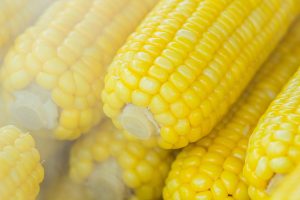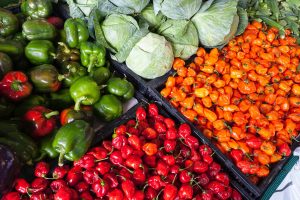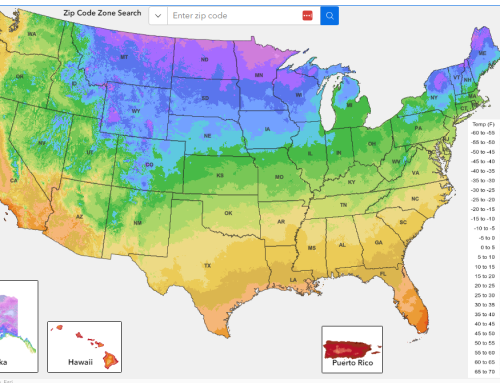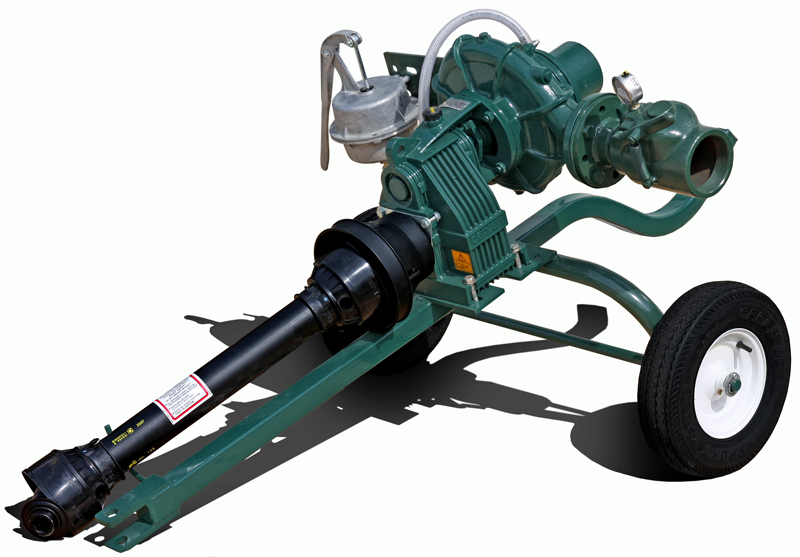In October, farmers across the United States will continue with various agricultural activities depending on their specific region and the crops they cultivate. Here’s a general overview of what farmers might be doing in each of the five geographic agriculture zones:
-
Northeast:
- Harvesting: October continues the harvest season for many crops like apples, pumpkins, late-season vegetables, and grapes for wine production.
- Planting: Some farmers may plant winter wheat or cover crops to protect and enrich the soil during the winter months.
- Preparing for Winter: Preparing equipment for winter storage and ensuring that livestock have proper shelter and food for the colder months.
-
Southeast:
- Harvesting: October sees the harvest of crops like peanuts, sweet potatoes, and cotton.
- Planting: Planting of cool-season crops like lettuce, collard greens, and broccoli may continue, depending on the local climate.
- Pest and Disease Management: Monitoring for fall pests and diseases and taking preventive measures.
-
Midwest:
- Harvesting: The harvest of corn and soybeans typically continues into October. Apples, pumpkins, and other late-season crops may also be harvested.
- Planting: Planting of winter wheat and cover crops to protect and enrich the soil for the next growing season.
- Equipment Maintenance: Continuing to prepare machinery for winter storage and ensuring it’s in good condition.
-
West:
- Harvesting: October may see the continuation of grape harvesting for wine production and the harvest of fruits, nuts, and some vegetables.
- Water Management: Managing irrigation remains important in the arid West.
- Post-Harvest Activities: Processing and storing harvested crops, as well as planning for the upcoming growing season.
-
Southwest:
- Harvesting: In the Southwest, October continues the harvest of crops like cotton, chili peppers, and other warm-season crops.
- Soil Preparation: Preparing fields for fall planting by incorporating organic matter and nutrients.
- Water Management: Managing irrigation and water resources remains crucial in this arid region.
In all regions, farmers will also be preparing for the colder months, ensuring that their equipment and infrastructure are winter-ready, and making decisions about crop rotations and planting schedules for the next year. Local conditions and specific crops can influence the exact activities taking place in each region, so consulting with local agricultural extension offices or experts is advisable for precise guidance.









